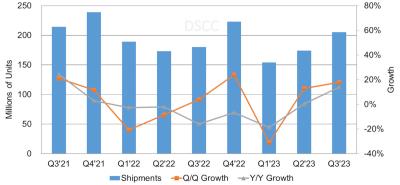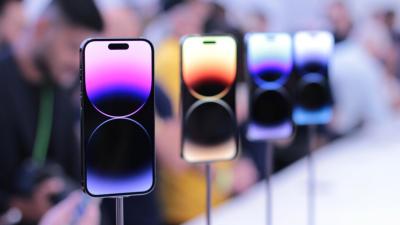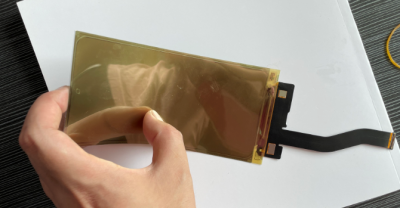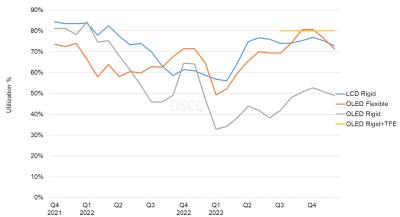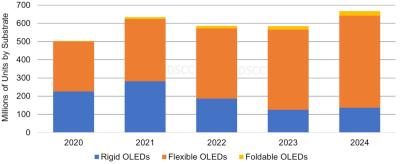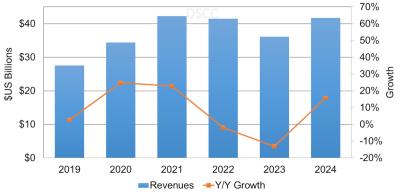UBI: Samsung to delay the introduction its first blue phosphorescent AMOLEDs to the second half of 2025
Universal Display is progressing with its blue PHOLED material, and earlier this month the company said it is on track to introduce the new material commercially in 2024. During a company seminar, UBI's Daejeong Yoon updated that according to their latest information, Samsung Display has decided to adopt a blue phosphorescence material in the second half of 2025 - a year later than expected.
Samsung is calling the new material stack B1, and it says that the new stack will increase the efficiency of its OLED device by more than 65% (which seems to be rather too much, maybe it means 65% of the power consumption of the current stack). UBI says that the blue OLED still suffers from low lifetime - the lifetime of the blue PHOLED stack is only 55% of the lifetime of its current fluorescence-blue stack, but regardless of that the company will introduce it commercially due to the power consumption efficiency.




